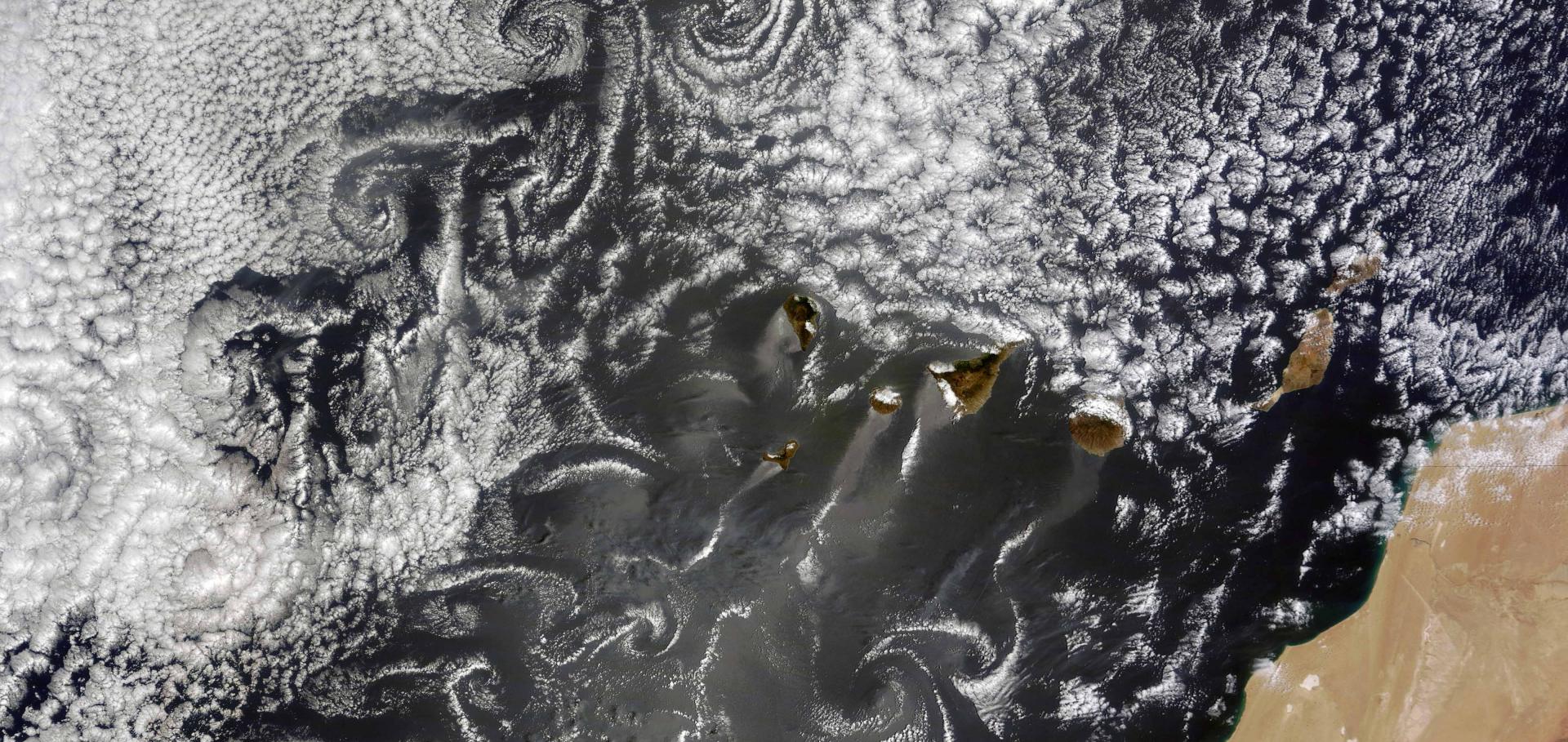Wet scavenging limits the detection of aerosol–cloud–precipitation interactions
Atmo 15 (2015) 6851-6886
On the characteristics of aerosol indirect effect based on dynamic regimes in global climate models
Atmospheric Chemistry and Physics Discussions (2015)
Abstract:
© Author(s) 2015. Aerosol-cloud interactions continue to constitute a major source of uncertainty for the estimate of climate radiative forcing. The variation of aerosol indirect effects (AIE) in climate models is investigated across different dynamical regimes, determined by monthly mean 500 hPa vertical pressure velocity (ω 500 ), lower-tropospheric stability (LTS) and large-scale surface precipitation rate derived from several global climate models (GCMs), with a focus on liquid water path (LWP) response to cloud condensation nuclei (CCN) concentrations. The LWP sensitivity to aerosol perturbation within dynamic regimes is found to exhibit a large spread among these GCMs. It is in regimes of strong large-scale ascend (ω 500 < -25 hPa d -1 ) and low clouds (stratocumulus and trade wind cumulus) where the models differ most. Shortwave aerosol indirect forcing is also found to differ significantly among different regimes. Shortwave aerosol indirect forcing in ascending regimes is as large as that in stratocumulus regimes, which indicates that regimes with strong large-scale ascend are as important as stratocumulus regimes in studying AIE. It is further shown that shortwave aerosol indirect forcing over regions with high monthly large-scale surface precipitation rate ( > 0.1 mm d -1 ) contributes the most to the total aerosol indirect forcing (from 64 to nearly 100 %). Results show that the uncertainty in AIE is even larger within specific dynamical regimes than that globally, pointing to the need to reduce the uncertainty in AIE in different dynamical regimes.Modelled black carbon radiative forcing and atmospheric lifetime in AeroCom Phase II constrained by aircraft observations
Atmospheric Chemistry and Physics 14:22 (2014) 12465-12477
Abstract:
Atmospheric black carbon (BC) absorbs solar radiation, and exacerbates global warming through exerting positive radiative forcing (RF). However, the contribution of BC to ongoing changes in global climate is under debate. Anthropogenic BC emissions, and the resulting distribution of BC concentration, are highly uncertain. In particular, long-range transport and processes affecting BC atmospheric lifetime are poorly understood. Here we discuss whether recent assessments may have overestimated present-day BC radiative forcing in remote regions. We compare vertical profiles of BC concentration from four recent aircraft measurement campaigns to simulations by 13 aerosol models participating in the AeroCom Phase II intercomparison. An atmospheric lifetime of BC of less than 5 days is shown to be essential for reproducing observations in remote ocean regions, in line with other recent studies. Adjusting model results to measurements in remote regions, and at high altitudes, leads to a 25% reduction in AeroCom Phase II median direct BC forcing, from fossil fuel and biofuel burning, over the industrial era. The sensitivity of modelled forcing to BC vertical profile and lifetime highlights an urgent need for further flight campaigns, close to sources and in remote regions, to provide improved quantification of BC effects for use in climate policy.Links between satellite-retrieved aerosol and precipitation
Atmospheric Chemistry and Physics Copernicus Publications 14:18 (2014) 9677-9694
Rainfall‐aerosol relationships explained by wet scavenging and humidity
Geophysical Research Letters American Geophysical Union (AGU) 41:15 (2014) 5678-5684


